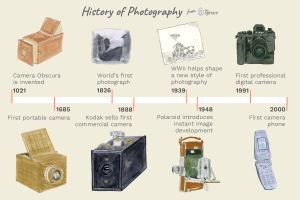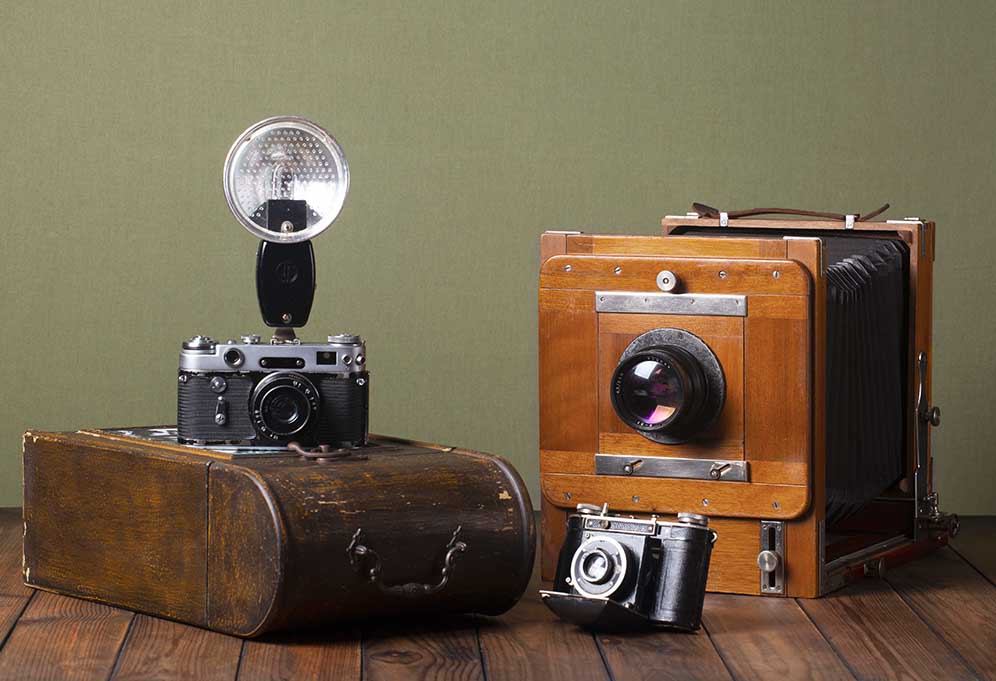History Of Photography was a big deal, but it took a very long

History Of Photography was a big deal, but it took a very long
History Of Photography A long time ago, in the early 1800s, people were trying to figure out how to capture images. The very first photograph was taken by a man named Joseph Nicéphore Niépce in 1826. He used a special plate and a camera to make a picture. It was a big deal, but it took a very long time to make. Then, in 1839, another man named Louis Daguerre made things easier with a new method called the daguerreotype. This method made pictures clearer and faster, and lots of people started using it.
Film Cameras:
Fast forward to the 1880s, and a big change happened. A man named George Eastman invented flexible film. He also made a camera called Kodak, which was really easy to use. Kodak cameras were special because you didn’t have to worry about developing the film yourself. You just took your pictures and sent the film to Kodak, and they would send your photos back. This made taking pictures fun and simple for everyone!
Color Pictures:
Before the 1900s, all photographs were in black and white. But then, people wanted to see pictures in color. In 1907, the Lumière brothers invented a new type of film called the Autochrome plate. It used tiny colored dots on glass to make colorful pictures. Later, in the 1930s, Kodachrome film came along, which made colors look even brighter and more vivid. This was really exciting because it meant that photographs could look just like real life!
Digital Cameras:
In the late 20th century, something amazing happened: digital cameras were invented! Kodak made the first digital camera in 1969, but it wasn’t until the 1990s that digital cameras became popular. Digital cameras didn’t need film, and you could see your pictures right away on a screen. They made taking and sharing photos much easier. History Of Photography.


